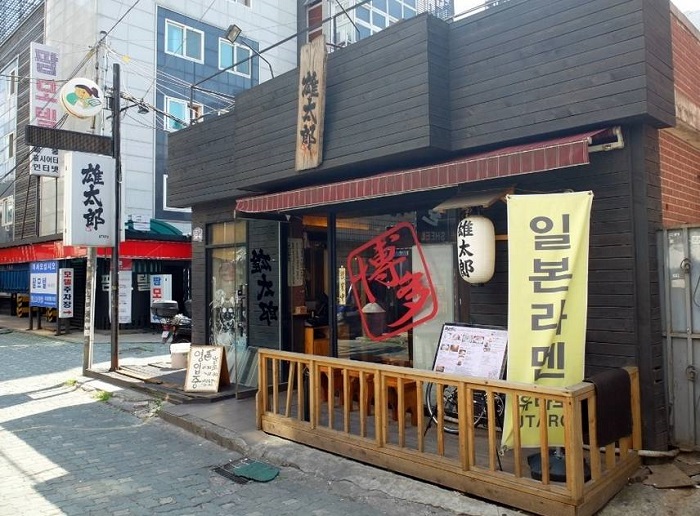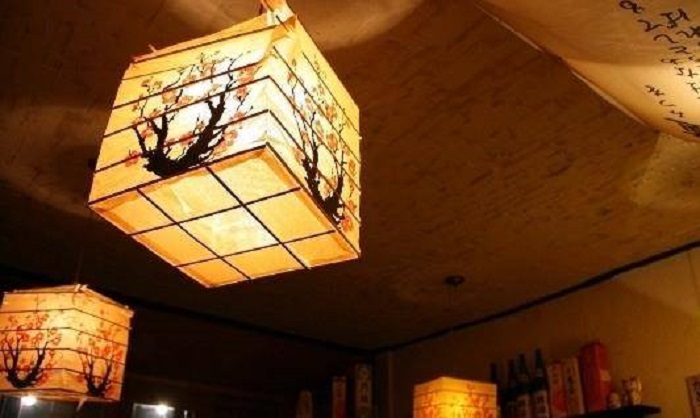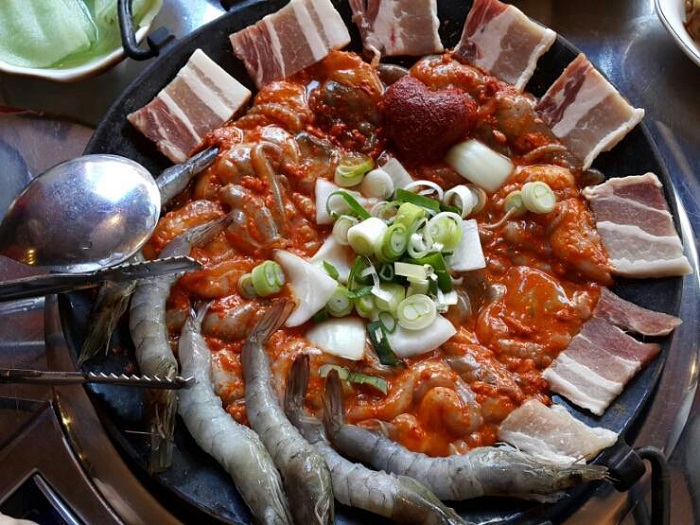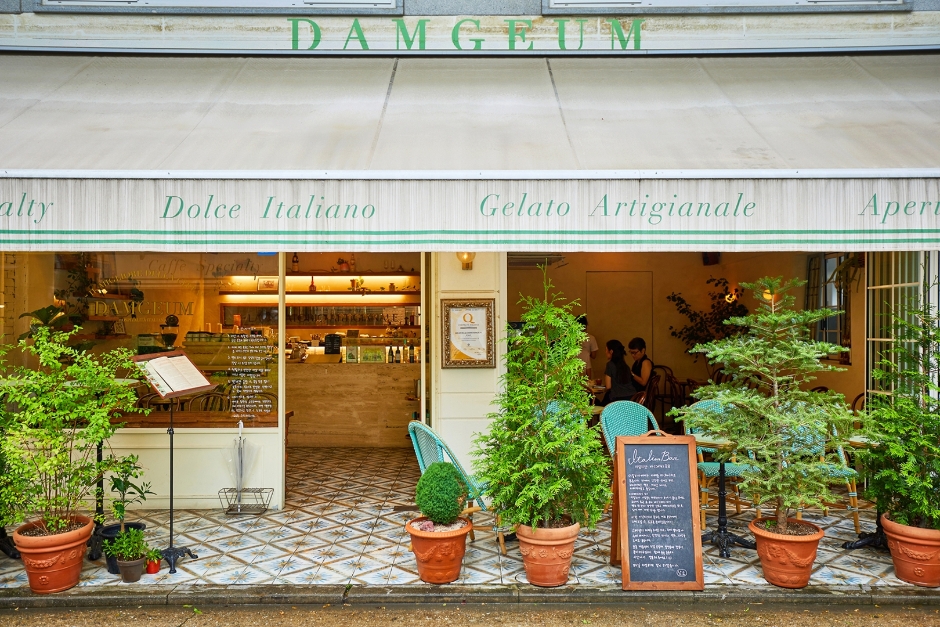Yutaro (유타로)
8.7Km 2021-03-29
56-6, Olympic-ro 70-gil, Gangdong-gu, Seoul
+82-2-478-6999
It is a traditional Japanese ramen restaurant frequented by many gourmets. This Japanese (cuisine) restaurant is located in Gangdong-gu, Seoul. The representative menu is instant noodles.
Jirisan Wangjaebong Heukdwaeji(지리산왕재봉흑돼지)
8.7Km 2021-04-13
26, Sangam-ro, Gangdong-gu, Seoul
+82-2-3426-5120
You can enjoy grilled Heukddoeji (black pork) with a variety of kimchi in soybean powder seasoning. This restaurant's signature menu is grilled black pork. This Korean dishes restaurant is located in Gangdong-gu, Seoul.
ABC-Mart - Cheonho Branch [Tax Refund Shop] (ABC마트 천호점)
8.7Km 2024-04-18
7, Cheonho-daero 157-gil, Gangdong-gu, Seoul
-
Yakinoyuki - Gil-dong Branch (아키노유키 길동)
8.7Km 2021-03-29
50-7, Olympic-ro 70-gil, Gangdong-gu, Seoul
+82-2-488-6923
It is a Japanese pub serving a variety of dishes. The best menu at this restaurant is grilled patagonian toothfish. This Korean dishes restaurant is located in Gangdong-gu, Seoul.
Olive Young - Cheonho Jungang Branch [Tax Refund Shop] (올리브영 천호중앙)
8.7Km 2024-04-18
1027, Cheonho-daero, Gangdong-gu, Seoul
-
Cheonho Jjukkumi (천호쭈꾸미)
8.7Km 2021-03-29
14, Cheonho-daero 158-gil, Gangdong-gu, Seoul
+82-2-477-9994
It is a place frequented by the residents of Cheonho-dong. The best menu at this restaurant is webfoot octopus. This Korean dishes restaurant is located in Gangdong-gu, Seoul.
Damgeum (담금)
8.8Km 2024-03-26
37 Seongnae-ro 18-gil, Gangdong-gu, Seoul
With its faded white-toned outdoor and indoor interiors and various plants, Cafe Damgeum makes one feel as if they are in a quiet cafe in Italy. The menu includes Italian brunch, dessert, and espresso. Espresso is available in many varieties. Also, this place serves handmade gelato certified by the Italian government, so visitors can enjoy this rich, soft, and delicious Italian dessert. The representative coffee drinks here are espresso and espresso con panna. Espresso con panna has a thick layer of cream on top, allowing one to taste the bitterness of coffee and the sweetness of cream at the same time.


![ABC-Mart - Cheonho Branch [Tax Refund Shop] (ABC마트 천호점)](http://tong.visitkorea.or.kr/cms/resource/79/2878879_image2_1.jpg)

![Olive Young - Cheonho Jungang Branch [Tax Refund Shop] (올리브영 천호중앙)](http://tong.visitkorea.or.kr/cms/resource/76/2878876_image2_1.jpg)

![KL [Tax Refund Shop] (Kl)](http://tong.visitkorea.or.kr/cms/resource/64/2878864_image2_1.jpg)
![Alto [Tax Refund Shop] (알토)](http://tong.visitkorea.or.kr/cms/resource/65/2878865_image2_1.jpg)
![Valleygirl [Tax Refund Shop] (벨리걸)](http://tong.visitkorea.or.kr/cms/resource/20/3314320_image2_1.jpg)

 English
English
 한국어
한국어 日本語
日本語 中文(简体)
中文(简体) Deutsch
Deutsch Français
Français Español
Español Русский
Русский